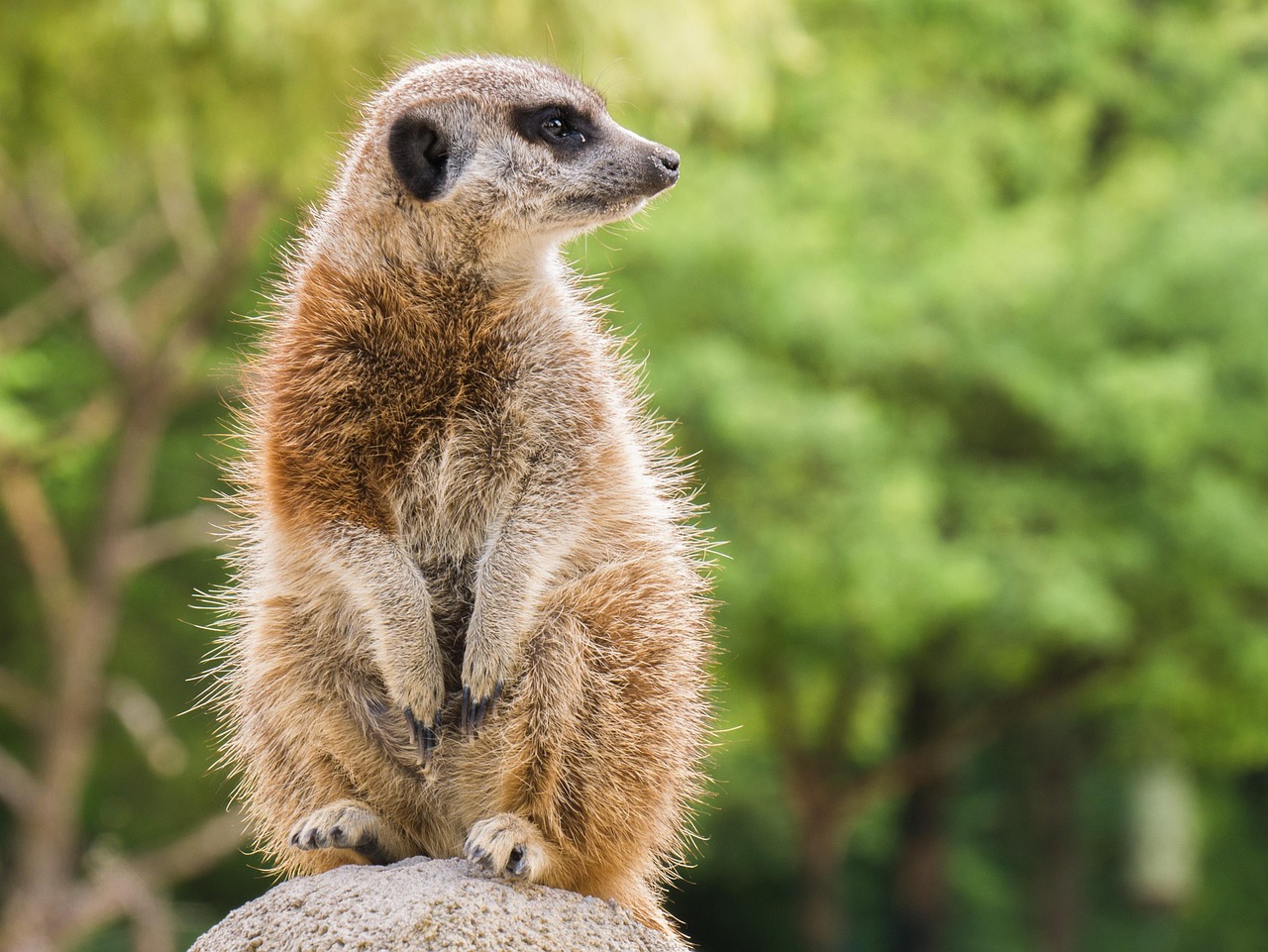Discovering the Intricate Social Structures of Meerkats
Introduction: Delve into the fascinating world of meerkats, small carnivores that live in tight-knit communities showcasing complex social structures. This article will explore their unique hierarchical systems, cooperative behaviors, and the latest research surrounding these captivating creatures.

Meerkats: A Brief Overview
Meerkats belong to the mongoose family and are native to the southern parts of Africa. They are extremely social animals, living in groups called ‘clans’ or ‘mobs’, which can comprise up to 50 individuals. Each clan is structured around a dominant pair, usually the oldest and most powerful male and female, who monopolize breeding within the group.
Hierarchical Society and Its Implications
The meerkat society is hierarchical, with the dominant pair at the top. The dominant female, also known as the alpha female, has the most authority. She determines the group’s actions, leads them to safe foraging grounds, and makes significant decisions. The dominant male shares his partner’s authority but primarily serves to protect the group from predators and rival meerkat mobs. Lower-ranking meerkats have their roles too, such as babysitting the young, foraging for food, or standing guard.
Cooperative Behavior: A Survival Strategy
Meerkats exhibit a remarkable level of cooperation within their clan, which contributes significantly to their survival in the harsh desert environment. This cooperation manifests in various behaviors, such as babysitting duties performed by non-breeding members, alarm calls to warn of approaching predators, and the communal care of the sick and injured.
Latest Research and Discoveries
Recent studies have revealed more about the intricacies of meerkat social structures. For instance, researchers have discovered that meerkats use a specific sequence of sounds to recognize each other, similar to human names. Also, contrary to previous beliefs, lower-ranking females can and do occasionally breed, although their offspring often face lethal consequences from the alpha female.
The Impact of Meerkat Social Structures on Pet Trade
The complex social dynamics of meerkats make them unsuitable for solitary living conditions typical in the pet trade. They thrive when they can engage with their kin, and isolating them can lead to severe physical and psychological distress. Consequently, in many jurisdictions, keeping meerkats as pets is either heavily regulated or outright illegal.
In conclusion, the intricate social structures of meerkats are not just an intriguing subject for animal enthusiasts and researchers; they also serve as a crucial survival strategy for these desert-dwelling creatures. As we continue to learn more about them, it becomes increasingly evident that these small mammals have a lot to teach us about cooperation, community, and survival in harsh environments.




